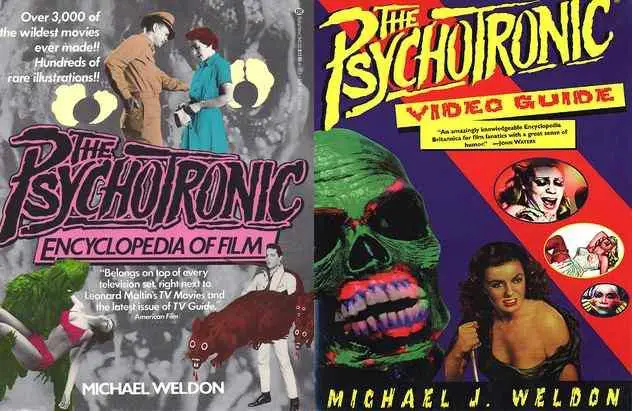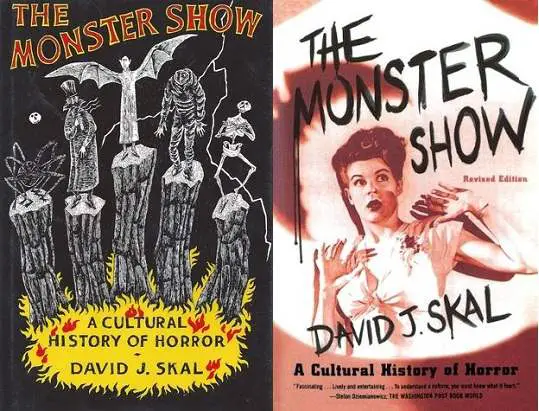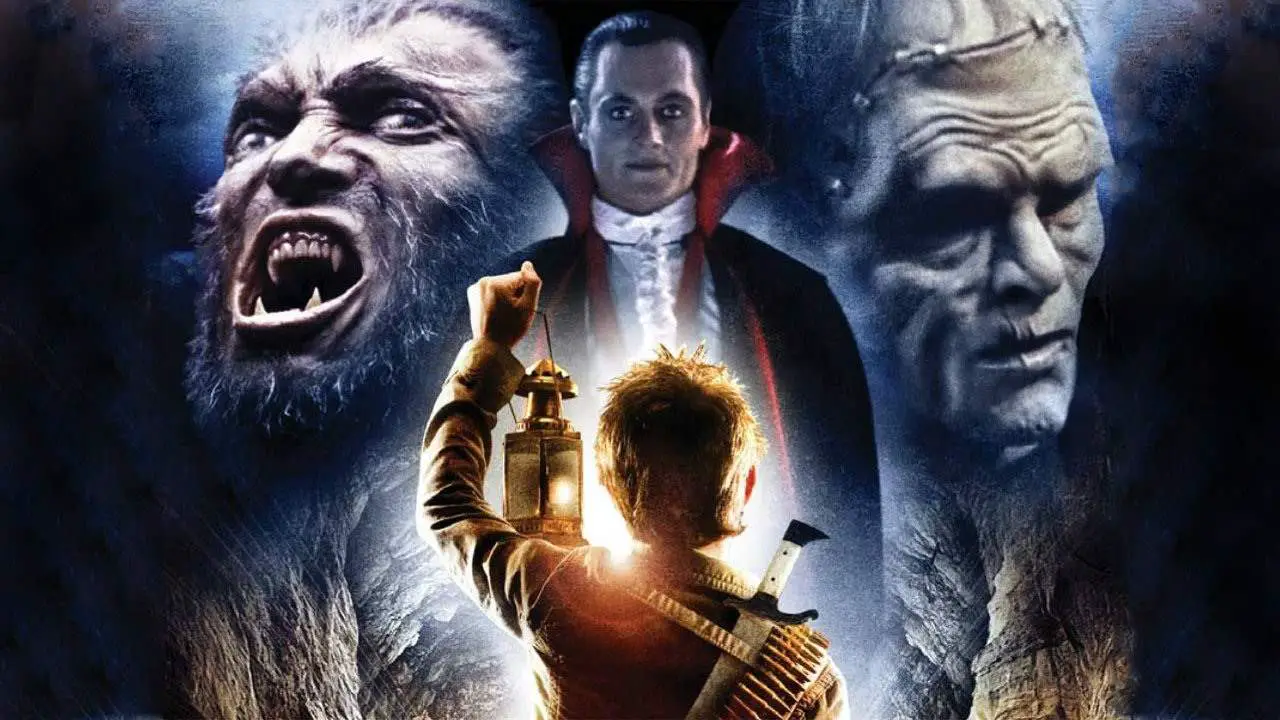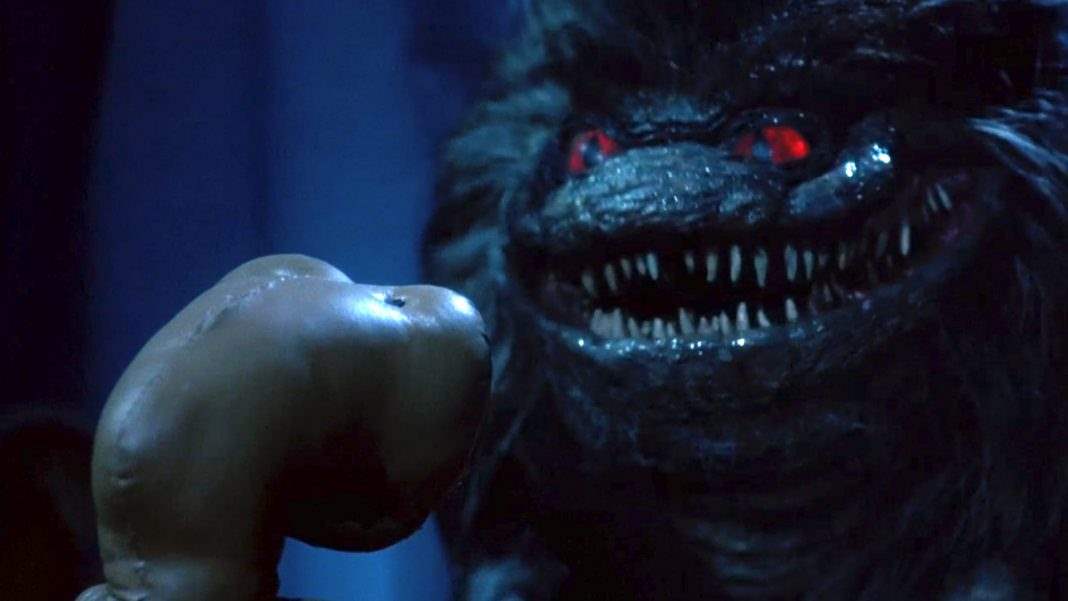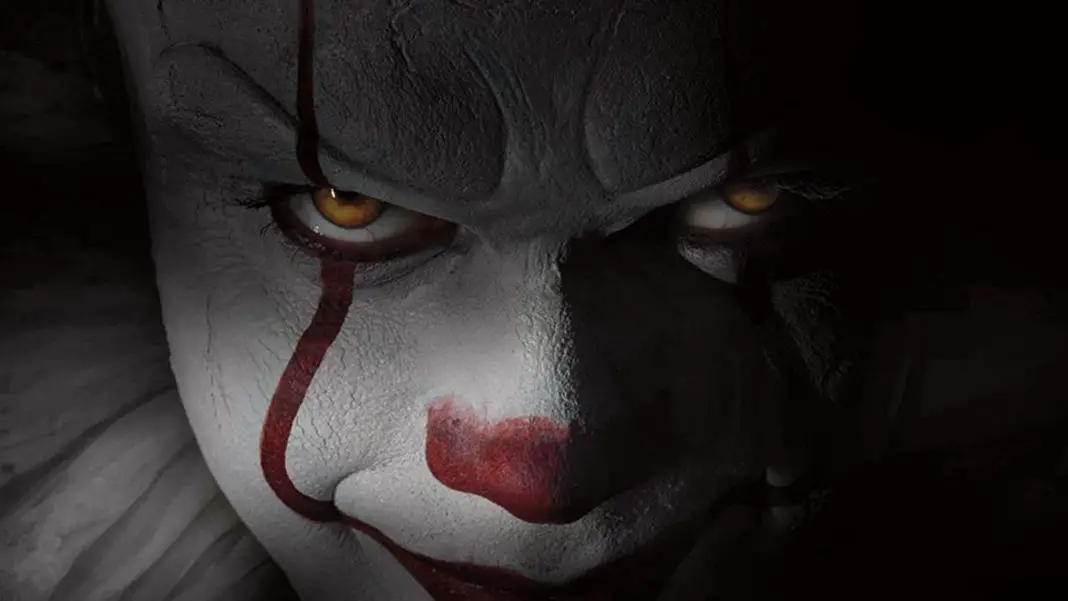Any self-respecting horror movie fan has a small library that they rely on to gather information about specific films or go to for recommendations—everything from back issues of Fangoria and Rue Morgue magazines to Leonard Maltin’s Movie Guide. As a bit of a fanatic myself, I’m certainly no different and the following represent ten of my most indispensable reference books/book series in my collection. Disagree with my selections? Did I leave out your favorite? Feel free to call me out in the comments section, and let’s help each other’s libraries grow!
The Psychotronic Encyclopedia of Film/The Psychotronic Video Guide – Michael Weldon
Spun off from the pages of Weldon’s own (sadly defunct) Psychotronic Magazine, these two guides (which warrant one entry) are indispensable to fans of weird cinema. Jam-packed with synopses of some of your favorite films along with hundreds of others you’ve likely never heard of, it’s like browsing the racks of the world’s largest and weirdest video store. Weldon is single-handedly responsible for getting me interested in writing about genre film, so you can thank him or blame him, depending on your opinion.
Danse Macabre – Stephen KingPart memoir and part exploration of the horror genre, this is an extremely personal history of fright films from a best-selling author. First published in 1981, and primarily covering the era of the 1950s to the 1970s, it’s highly opinionated but engagingly well-written by a man who knows his stuff.
 Forgotten Horrors – George E. Turner, Michael Price, and John Wooley
Forgotten Horrors – George E. Turner, Michael Price, and John Wooley
This series of books focuses mostly on obscure Poverty Row features that had previously only warranted the briefest of mentions elsewhere. These detailed looks are sometimes criticized for being too inclusive, but horror is an expansive (and expanding) genre, and horror fans tend to also embrace the other darker genres as well. If you don’t mind mixing a little suspense, murder, and men from space into your spooky soup, then this series may be of interest to you.
 Joe Bob Goes to the Drive-In – Joe Bob Briggs
Joe Bob Goes to the Drive-In – Joe Bob Briggs
In this and other collections of Joe Bob’s movie reviews, this wild Texan rates drive-in fare on a rating system of bodies, blood and breasts. Not everyone will appreciate his lowbrow and decidedly non-PC satire, but it’s important for writers to develop their own voice, and Joe Bob has that down to a science. His reviews are often interspersed with seedy (and likely fictionalized) tales of life on the dusty backroads of America, turning them into a strange sort of redneck Gonzo journalism.
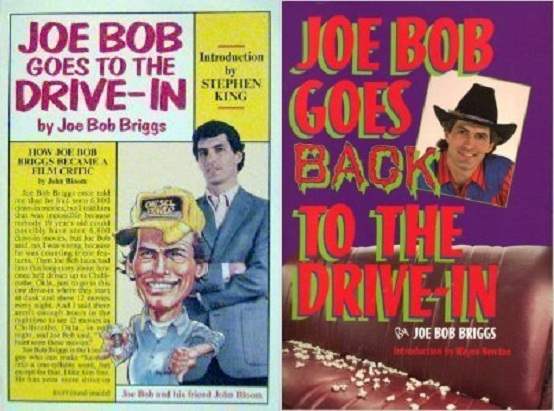 Living in Fear: A History of Horror in the Mass Media – Les Daniels
Living in Fear: A History of Horror in the Mass Media – Les Daniels
This informative guide gives its just due to horror literature as well as film. Although much of what was written here has been improved upon since—this was first published in 1975, after all—much of what has come after owes a lot to Daniels’ work. What Living in Fear offers that other books don’t, however, is that it’s also part literary anthology, reprinting a number of the horror tales right alongside the articles that discuss them. The copy that I found for a bargain in a used bookstore—only later to discover it is an autographed copy—is one of my prized possessions.
 Horror Films of the 1970s, 1980s, 1990s – John Kenneth Muir
Horror Films of the 1970s, 1980s, 1990s – John Kenneth Muir
These three books lovingly recap, dissect, and analyze horror films decade by decade, putting them into a historical context that is informative and entertaining. Scholars and fanboys alike will find something of merit in each of his articles, opening up even your favorite films to a whole new level of understanding.
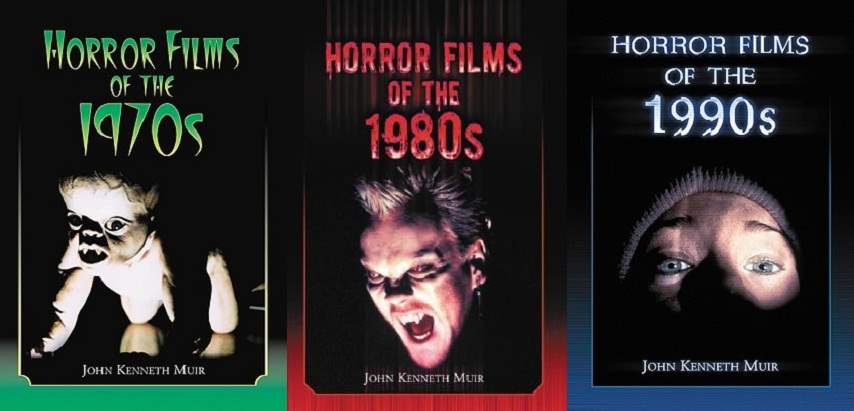 The Satanic Screen: An Illustrated Guide to the Devil in Cinema – Nikolas Schreck
The Satanic Screen: An Illustrated Guide to the Devil in Cinema – Nikolas Schreck
This book covers most every incarnation of the devil on film, not only in the horror genre but in everything from arthouse fare to pornography. While Schreck does have a tendency to condemn many of the classics, and you’re likely not going to agree with many of his assessments, it must be noted that he’s viewing these films from a completely different perspective. He’s not just a fan of satanic horror films, he’s an actual satanist—or at least he was at the time this book was written. He worked closely with Anton LaVey and the Church of Satan, and went on to become the Master of the Temple of Set. Interestingly, he converted to Tantric Buddhism a few years after this book’s publication.
 Xerox Ferox: The Wild World of the Horror Film Fanzine – John Szpunar
Xerox Ferox: The Wild World of the Horror Film Fanzine – John Szpunar
Easily one of my favorite books to come out last year, this massive 800-page tome recounts the heyday of horror fanzines, which thrived before the Internet was commonplace and everybody had a blog. Filled with extensive interviews with the folk behind such works as Famous Monsters of Filmland, Fangoria, Cinema Sewer, Deep Red, and Sleazoid Express, it doesn’t matter if you’re a longtime collector of these mags or if you’ve never even looked at one. It’s an oral history of fandom that everyone should read.
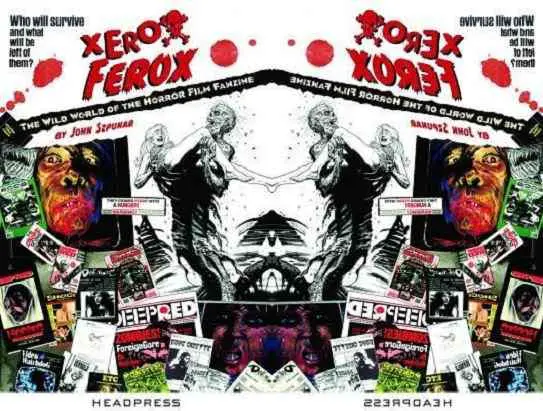 Nightmare USA: The Untold Story of the Exploitation Independents – Stephen Thrower
Nightmare USA: The Untold Story of the Exploitation Independents – Stephen Thrower
This encyclopedic mammoth is, so far, the definitive guide to the independent exploitation film. Covering the rise of these flicks that were born outside the influence of Hollywood from roughly 1970-1985 with reviews, interviews and expert commentary, it’s lavishly illustrated and packs way more information into its 500 pages than you would even believe possible. Volume 2 is currently in the works.
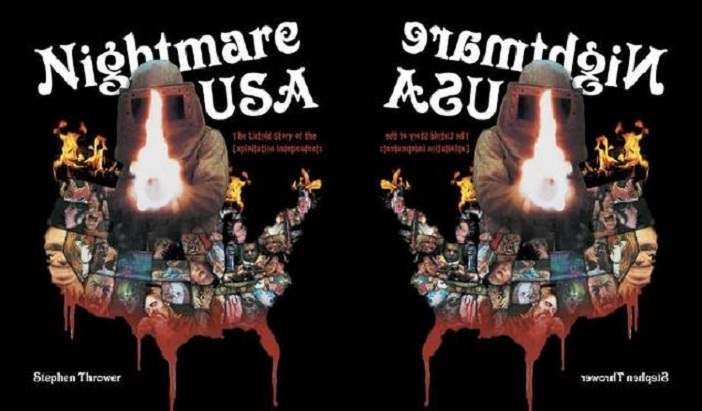 The Monster Show: A Cultural History of Horror – David J. Skal
The Monster Show: A Cultural History of Horror – David J. Skal
This history of the genre examines not only the effect that culture has on horror, but also what effect that horror has on culture. Skal takes an in-depth look at horror in relation to times at war, and how it lead to genre themes permeating art in all its forms. While not comprehensive, it offers a coherent and intriguing overview that flows as a unified narrative better than most books that tackle the genre.

